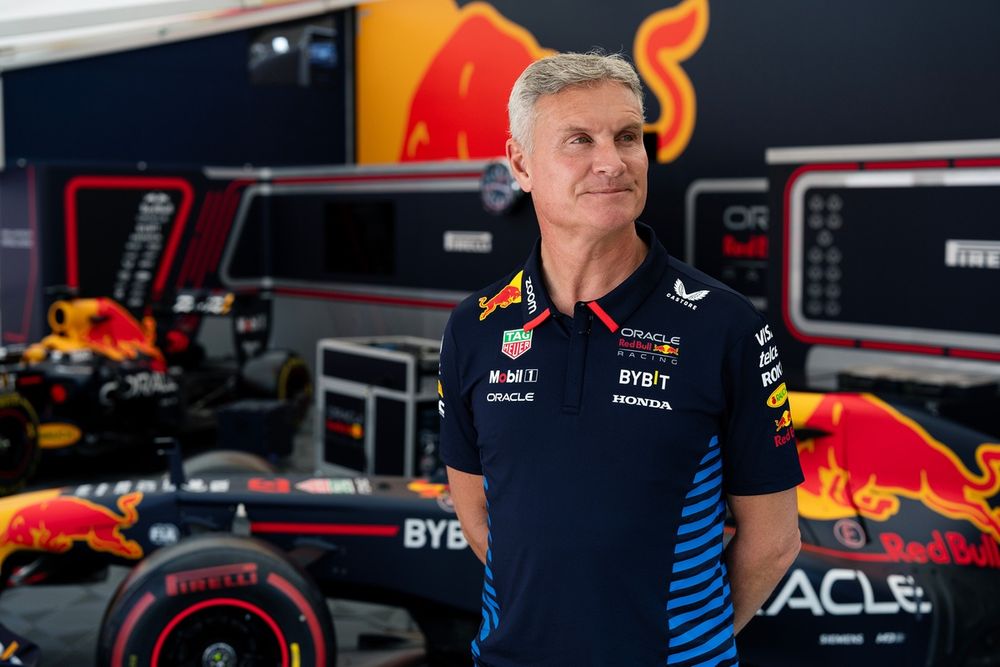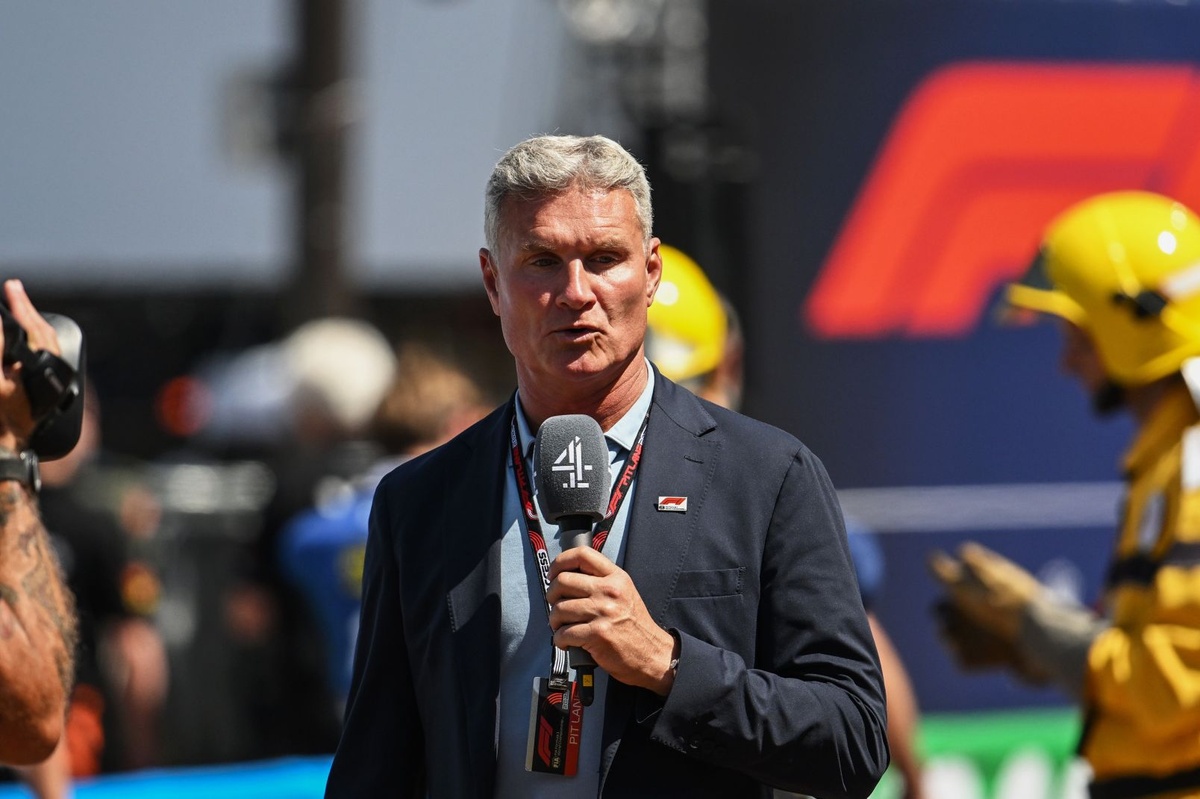Former Formula 1 driver David Coulthard has opened up on his previous struggles with an eating disorder during the early stages of his racing career.
During an appearance on the High Performance podcast, the 54-year-old explained that during his karting years from the age of 11 to 16, he battled with bulimia, which he “didn’t discuss with anyone” at the time.
“Yes [I struggled with bulimia],” Coulthard confirmed.
“I didn’t see it as pressure. I saw it as a necessary thing to make weight. You know, horse jockeys, we’re familiar with jockeys having to do saunas and whatever to lose body weight, to be on weight to do whatever the event is they’re doing. Boxers – I’m sure they’re another – gymnasts, I assume. And there’ll be others who have bulimia or anorexia as a result of body dysmorphia because they don’t see in the mirror what they feel is a reflection of them as an individual.
“I would step on the scales and I was a pound overweight – that was going to affect my performance,” the former F1 driver explained.
“I weighed myself twice a day as a teenager: in the morning when I got up, and in the evening when I went to bed. That gave me my average weight, and I could tell a few days out if I was in the right area for the race weekend. I was tall for my generation of drivers, so making weight [became more difficult].
“The junior age in karting was 11 to 16 – when I was 11, I was carrying a lot of ballast in the car, because I was racing against fully grown men who have gone through puberty and are shaving.

David Coulthard seen at Red Bull Showrun in Prague
Photo by: Red Bull Content Pool
“Then there was a point when I was 15, 16 years old, I’m tall, and the weight is accommodating for an 11-year-old, so it was more of a compromise. It was a necessary evil which I didn’t discuss with anyone. I just knew that if I was overweight, then whatever dinner I’d had that night was not going to stay inside me.”
Coulthard managed to overcome his weight struggles when he moved out of karts and into cars.
“When I went into cars, I was actually relatively light for a 17-year-old when I went into cars because I’d kind of starved myself through my late teens, and therefore I had room to grow into my body.
“So, and then in higher-level car racing, of course, there’s a minimum weight. Formula 1, I think it’s a combined weight of driver and seat of 80kg. So that means that people like Max Verstappen can race against people like whoever the smallest driver is – Yuki, who’s probably 60 kilos. Max must be high 70s.
“So in Alain Prost’s time, he used to negotiate with the Formula 1 teams and say, ‘Look, Nigel Mansell is my team-mate. He’s 78 kilos. I’m 58 kilos. 10 kg is 3/10 of a second. How much would you spend in performance to get three-tenths of a second?’
“So he could guarantee he was half a second quicker than his team-mates based on weight without pushing. So that was how he negotiated his salary – to be paid more because he was a good driver and he was small. Then they combined the driver’s weight in the early ’90s – it must have been late ’80s, early ’90s.
“The driver had to be a minimum weight, and then an advantage – although Alain went on to win another world title in ’93 against Damon, his team-mate – but he didn’t have the advantage he had in his early career.”
He added, “It was also making sure I didn’t have a disadvantage, because if I was overweight, I had a disadvantage. An edge would have been if they didn’t include a weight and I could have got even lighter. But of course, yeah, you’re always looking for every advantage you can.”
If you or someone you know is struggling with the subjects in this article, there is help available at Shout. You can text ‘SHOUT’ to 85258 for 24/7 support.
In this article
Be the first to know and subscribe for real-time news email updates on these topics
Subscribe to news alerts






